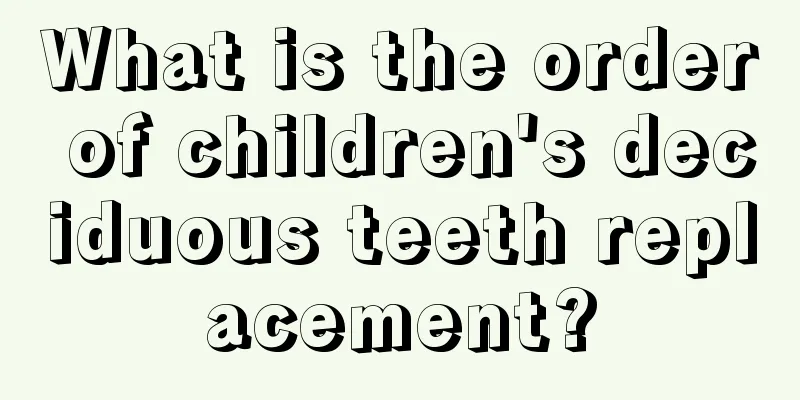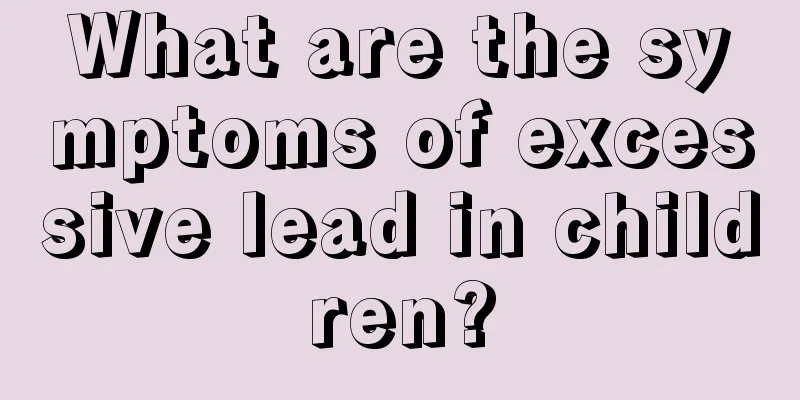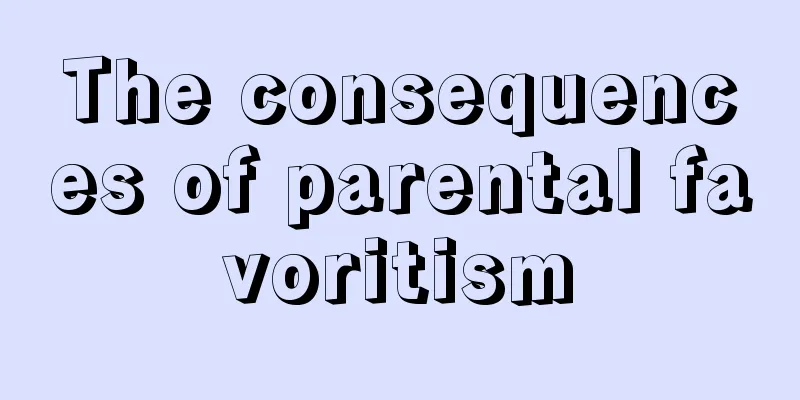What is the order of children's deciduous teeth replacement?

|
Many parents usually pay more attention to their children's studies, fearing that their children will lose at the starting line, but these parents often tend to ignore their children's physical health and do not care much about their children's development and growth. We suggest that parents should pay attention to their children's development while paying attention to their children's studies. Children need to change their teeth when they reach a certain age. Below we will introduce to you the order of children's deciduous teeth replacement. When children are about to reach the age of replacing teeth, they will pay special attention to the children's tooth replacement sequence chart, which can clearly know at which age their children will start to replace which teeth, and pay attention to whether the teeth can be extracted to ensure that the teeth grow neatly. Generally speaking, children's teeth change in a symmetrical manner, with the upper and lower rows of teeth changing first and then the lower ones. The order of children's tooth replacement is as follows: the first permanent tooth, i.e. the central incisor, begins to grow when the child is 6-8 years old, and the first molar also grows slowly; when the child is 8-9 years old, the lateral incisor begins to grow; the bicuspids of children aged 10-12 begin to grow, and the first bicuspid will grow first, which is next to the lateral teeth; when the child is 11-12 years old, the upper and lower canines have gradually grown; children aged 12-13 begin to grow second molars; the last third molar, i.e. wisdom tooth, will not start to grow until the child is 17 years old, and will continue to grow until the age of 21, which varies from person to person. The order in which children replace their teeth generally starts with the front teeth. After the child reaches the age of 6, the deciduous teeth will fall out, and the permanent teeth will slowly grow out. During childhood, the teeth will gradually grow completely. Molars will grow when children reach adulthood. When children are changing their teeth, pay attention to supplementing their nutrition so that the teeth will grow faster. |
<<: How to treat children's damp-heat constitution?
>>: Do children need to take a bath every day?
Recommend
How to quickly stop children's cough at night
Autumn is a season of high clear skies, dry skies...
What causes pain when urinating in girls
Everyone knows that the physiological structures ...
What are the treatments for anorexia in children?
If a child suffers from anorexia, the parents wil...
What causes a child to have a cold and a stomachache?
Children are very prone to catching colds. They m...
Can children eat Guilinggao?
Guilinggao is a traditional health food in the so...
What is the reason for the baby's less urination?
Babies are the apple of their parents' eyes. ...
Is rectal medication okay for children?
The rectal method of drug administration is actua...
What causes newborn joint noises?
Newborns are not fully developed in all aspects o...
How to improve children's physique
How to improve children's physique. Children ...
At what age should a baby’s crossed eyes be corrected?
Speaking of cross-eyes, it is actually what peopl...
How to treat bronchitis in a 3-year-old?
When it comes to children's bronchitis, mothe...
There are some good ways to prevent children from taking medicine
The biggest headache for young parents is when th...
What should I do if my child cries easily?
Some parents constantly complain about how much t...
What should I do if my baby has repeated diarrhea?
Every mother will feel very headache when her bab...
The difference between oral thrush and oral canker sores
Children are the core of every family. Any slight...









